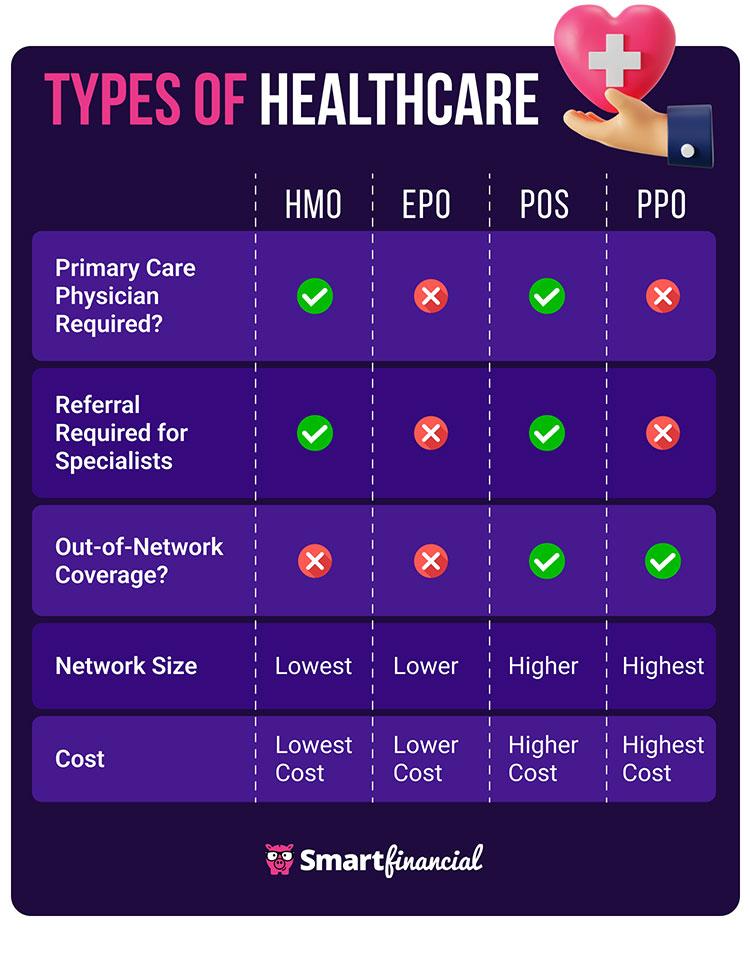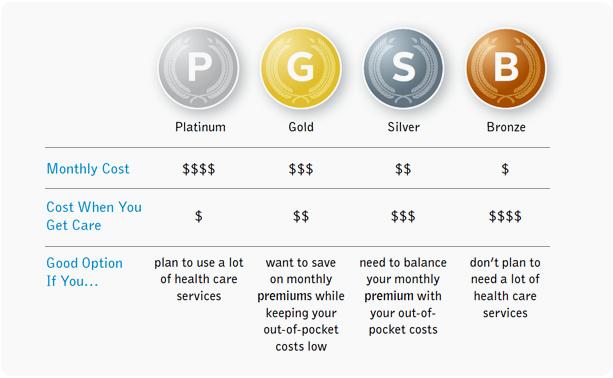Navigating the world of health insurance can often feel overwhelming, with a myriad of terms, options, and coverage details that can leave even the most diligent consumers scratching their heads. From understanding the differences between HMOs and PPOs to figuring out deductibles and copayments, health insurance plans can seem like a maze with no clear exit. In this comprehensive guide, we aim to demystify the complexities of health insurance, breaking down essential concepts and guiding you through the various types of plans available. Whether you’re exploring your options for the first time or simply trying to make sense of your existing coverage, our goal is to empower you with the knowledge needed to make informed decisions about your health and financial well-being. Join us as we unravel the intricacies of health insurance and equip you with the tools to navigate your healthcare journey more confidently.
Table of Contents
Understanding Different Types of Health Insurance Plans

When navigating the world of health insurance plans, it’s essential to understand the various types available, as each one serves different needs and preferences. Broadly speaking, health insurance can be classified into several common categories: Health Maintenance Organization (HMO), Preferred Provider Organization (PPO), Exclusive Provider Organization (EPO), and Point of Service (POS)
Here’s a breakdown of the key characteristics of these plan types:
| Plan Type |
Characteristics |
| HMO |
Requires members to choose a primary care physician (PCP); referrals needed for specialists; generally lower premiums. |
| PPO |
Offers more flexibility with provider choice; no referrals required; higher premiums. |
| EPO |
Similar to PPO but does not cover out-of-network services; lower cost options. |
| POS |
Hybrid of HMO and PPO; requires a PCP; allows out-of-network care at a higher cost. |
In addition to these primary categories, you might also encounter Catastrophic Plans, designed for young, healthy individuals to protect against severe illnesses, and High Deductible Health Plans (HDHP) that can be paired with a Health Savings Account (HSA) for additional tax benefits. As you explore your options, it’s vital to weigh the trade-offs between premiums, deductibles, and the network of providers to find a plan that aligns with your healthcare needs and financial situation.
Key Components of Health Insurance Policies Explained

Understanding health insurance policies can often feel overwhelming, but breaking down the key components can provide clarity. Among the most essential elements are premiums, the amount you pay to keep your insurance active, and deductibles, which are out-of-pocket costs before your insurer starts covering expenses. Additional important factors include copayments (fixed costs for specific services), coinsurance (the percentage of costs you pay after meeting your deductible), and out-of-pocket maximums which cap your total expenses for the year. These components dictate not only your healthcare access but also the financial implications of various health scenarios.
Moreover, understanding the distinctions between different policy types can further inform your decision-making. There are several plans to consider, such as Health Maintenance Organizations (HMOs), which require members to choose a primary care physician and get referrals for specialists, and Preferred Provider Organizations (PPOs), offering more flexibility in choosing healthcare providers but typically at a higher cost. Additionally, consider the network of hospitals and physicians included in your plan—choosing in-network providers generally results in lower costs. Here’s a simplified table outlining these differences:
| Plan Type |
Flexibility |
Cost Structure |
| HMO |
Less Flexible |
Lower Premiums |
| PPO |
More Flexible |
Higher Premiums |
| EPO |
Moderate Flexibility |
Moderate Premiums |
Navigating Coverage Options and Limitations
Understanding your health insurance coverage options is crucial to making informed decisions about your healthcare. Most plans offer a variety of choices that can be tailored to your individual needs, but it’s essential to examine the details behind each option. You might encounter different types of plans such as Health Maintenance Organizations (HMOs), Preferred Provider Organizations (PPOs), and Exclusive Provider Organizations (EPOs), each having unique rules about what and how services are covered. Be sure to assess factors like monthly premiums, deductibles, and co-pays, as these can impact your overall healthcare expenses significantly.
Limitations often accompany these options, and understanding them is key to effective healthcare management. Common limitations include network restrictions, where services are covered only if provided by specific health professionals or facilities, and annual limits on certain types of coverage, such as mental health services or prescription drugs. Moreover, the following important points should be kept in mind:
- Pre-existing Conditions: Some plans may not cover conditions that existed before signing up for a new policy.
- Out-of-Pocket Maximums: Most plans have a cap on what you would pay out of pocket in a given year.
- Exclusions: Certain services like cosmetic surgery might not be covered at all.
To provide a clearer picture, here’s a simple overview comparing common plan types:
| Plan Type |
Flexibility |
Cost |
| HMO |
Low |
Low Premiums |
| PPO |
High |
Higher Premiums |
| EPO |
Medium |
Medium Premiums |
Tips for Selecting the Right Plan for Your Needs
When it comes to choosing a health insurance plan, understanding your unique circumstances is key. Start by evaluating your healthcare needs, which can be influenced by factors like current health conditions, anticipated medical treatments, and frequency of doctor visits. Consider the following points to guide your selection:
- Network Coverage: Check if your preferred doctors and hospitals are covered in the plan’s network.
- Premium vs. Out-of-Pocket Costs: Balance the monthly premium against potential out-of-pocket costs to determine your overall budget.
- Prescription Drug Coverage: If you take medications regularly, review the plan’s formulary to ensure your prescriptions are covered at a reasonable rate.
Understanding different plan types is also essential. Plans such as HMOs, PPOs, EPOs, and POS have varying levels of flexibility and cost structures. Conducting a side-by-side comparison can simplify your decision-making process. Here’s a quick overview of typical plan features:
| Plan Type |
Flexibility |
Costs |
| HMO |
Low; requires referrals |
Generally lower premiums |
| PPO |
High; no referrals needed |
Higher premiums |
| EPO |
Moderate; no out-of-network coverage |
Mid-range premiums |
| POS |
Moderate; referrals required for specialists |
Varies |
Closing Remarks
navigating the world of health insurance can be a daunting task, but understanding the essential elements of various plans is crucial to making informed decisions that protect your health and financial well-being. We hope this comprehensive guide has clarified key concepts, terminology, and the differences between various types of health insurance options available to you.
Remember, every individual’s healthcare needs are different, so it’s important to take the time to assess your unique situation and evaluate the plans that best align with your requirements. Whether you’re exploring employer-sponsored coverage, private insurance, or government programs, equipping yourself with knowledge empowers you to choose a plan that works for you.
Don’t hesitate to reach out to professionals or insurance representatives with any lingering questions or concerns. After all, the right health insurance should provide peace of mind as you focus on what truly matters—your health and well-being.
Thank you for joining us on this journey to demystify health insurance. We wish you the best of luck in finding a plan that fits your needs!





